Your cart is currently empty!
Tag: GrowingChallenges

Grafting is an advanced technique in cannabis cultivation, enabling growers to combine desirable traits from multiple plants onto a single rootstock. This method enhances plant resilience, boosts yield potential, and conserves genetic strains. Through grafting, growers can preserve rare strains, increase pest and disease resistance, and cultivate multiple strains on one plant to save space.…
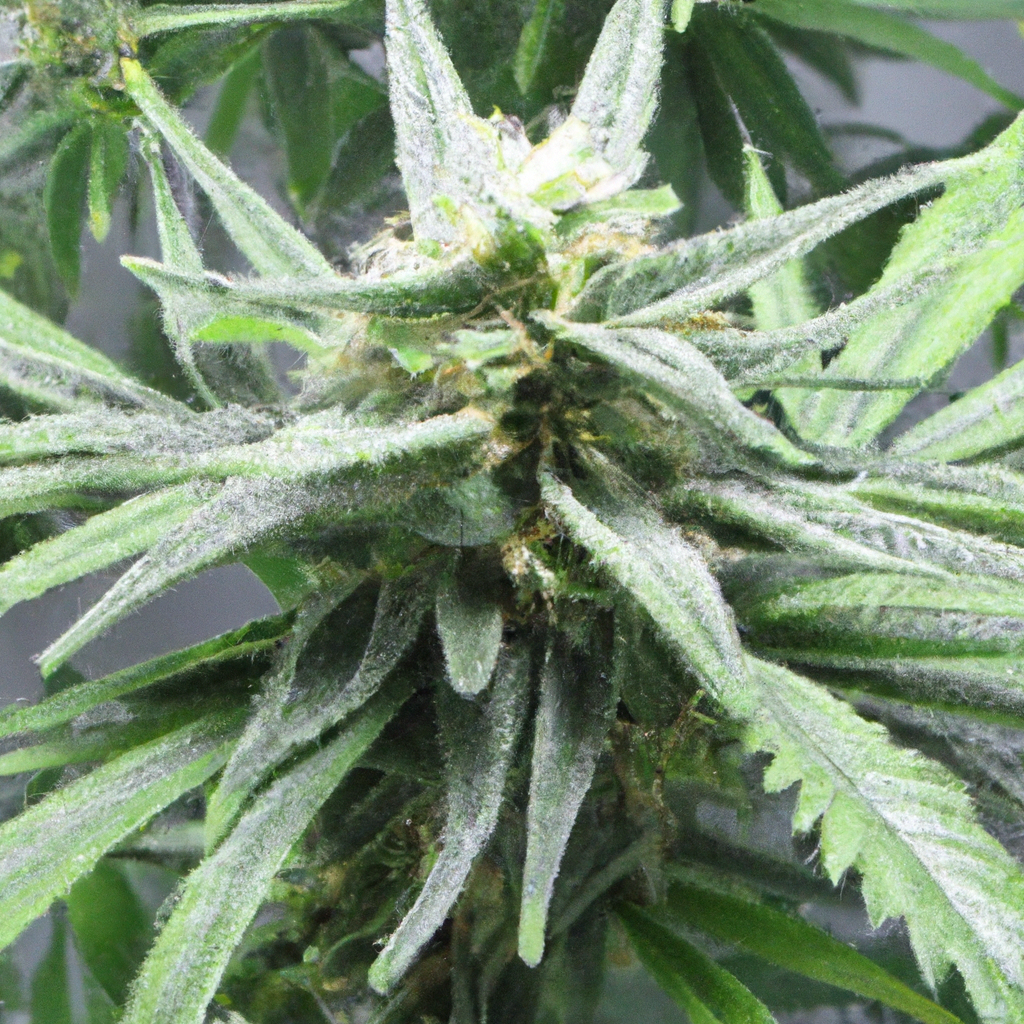
Cannabis cultivation continually evolves, and smart pruning is critical for promoting plant health and maximizing yields. This blog explores how pruning techniques such as topping, fimming, and selective defoliation can enhance growth by improving air circulation and light exposure. Key timing for these techniques includes the vegetative stage for topping and fimming, and early flowering…

Growing cannabis presents various challenges, making troubleshooting essential for successful cultivation. Identifying nutrient deficiencies like nitrogen, phosphorus, and potassium is crucial, with specific solutions such as adjusting pH levels and using nutrient-rich additives. Effective pest management through natural predators and environmental controls ensures healthy plants. Environmental consistency, addressing temperature and humidity fluctuations, and optimizing water…

Growing cannabis can be rewarding but comes with challenges that require careful management. This article offers expert insights to help both beginner and experienced growers navigate these hurdles, focusing on selecting the right genetics for optimal plant traits, adapting strains to local climates, and managing light and temperature conditions. It also emphasizes the importance of…
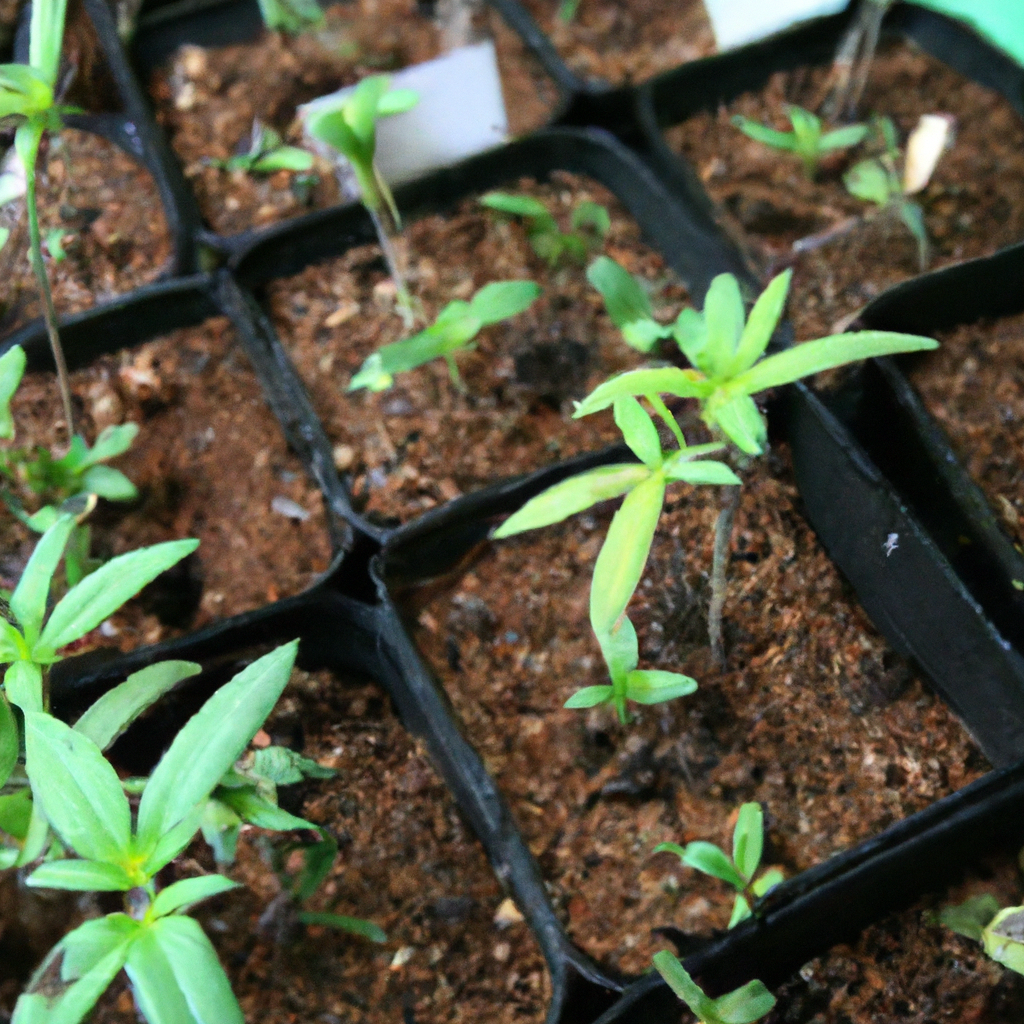
Growing cannabis successfully starts with mastering seedling care, focusing on light intensity, humidity, temperature, and soil moisture. Seedlings need less intense light, high humidity (65-70%), consistent temperatures (70-78°F), and properly damp soil. Successful cultivation relies on maintaining optimum environmental conditions, such as using thermostats and hygrometers for precise control. Challenges like stretching, nutrient deficiency, and…
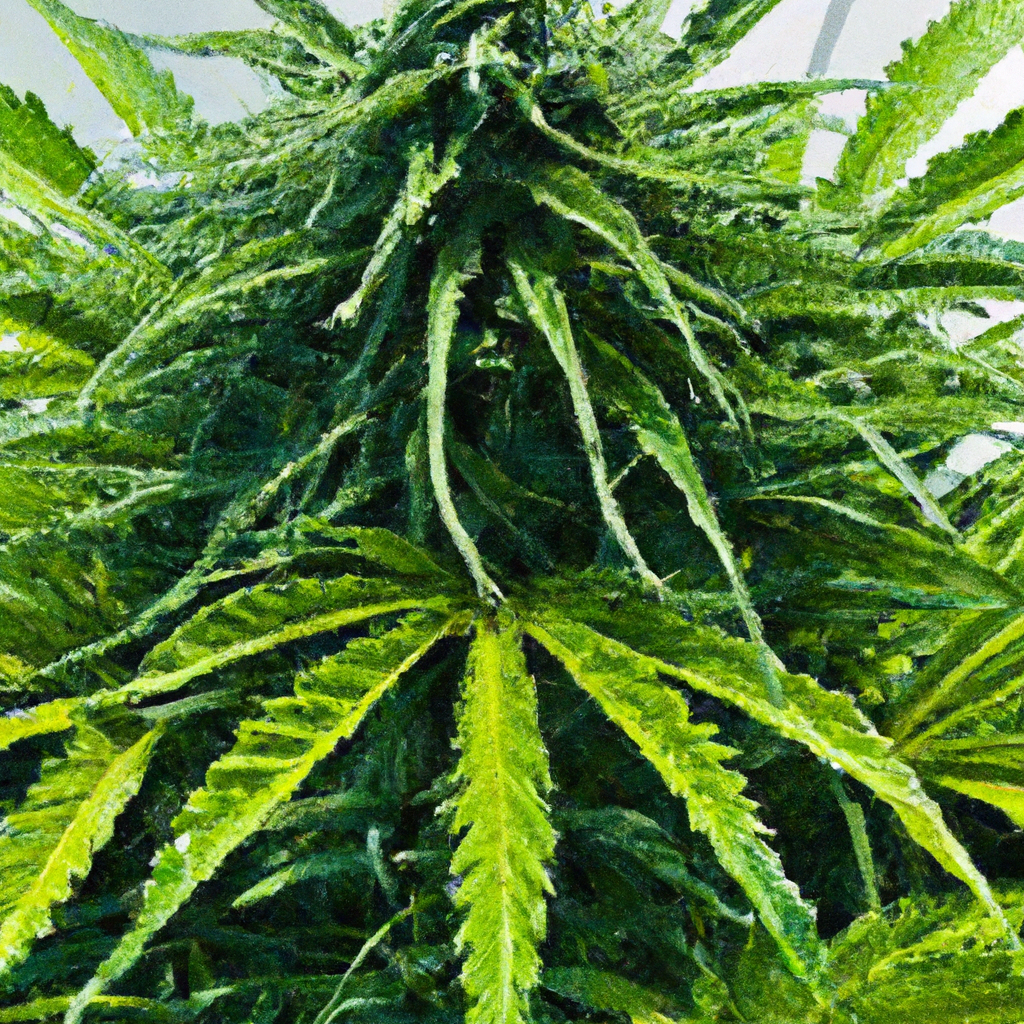
Ensuring effective watering is vital for healthy cannabis growth, yet many growers face common water-related challenges such as overwatering, underwatering, and improper scheduling. Recognizing signs of distress like yellowing leaves and drooping stems can prevent root and nutrient issues. Implement smart irrigation systems and schedule watering during cooler parts of the day to improve water…

Growing cannabis is about cultivating a connection with nature through mindful practices that enhance both the gardening experience and yield quality. This article explores best practices and common challenges in cannabis cultivation, emphasizing sustainable agriculture, plant care, and overcoming difficulties like nutrient deficiencies and pest infestations. Essential practices include using compost, water conservation, natural pest…
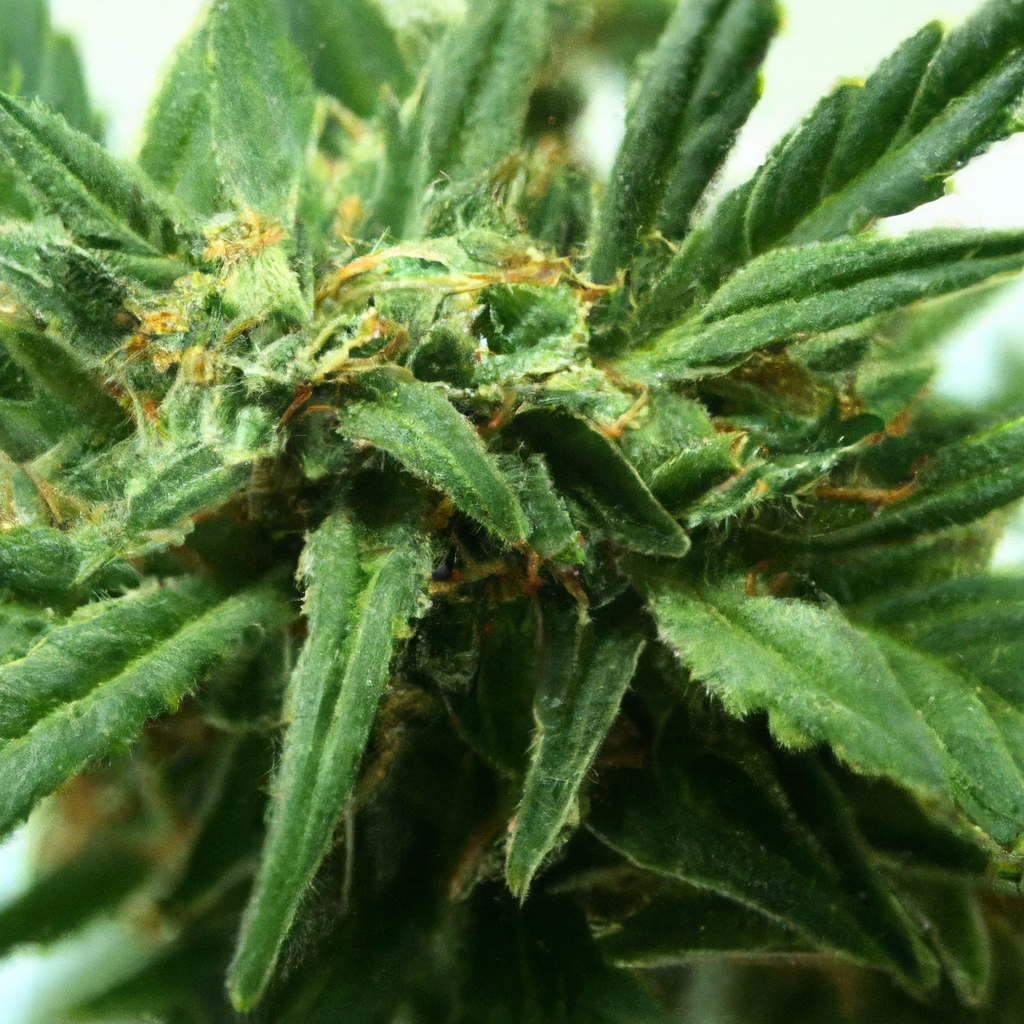
Growing cannabis presents challenges, especially in disease management. Crucial to achieving a healthy yield is preventing common cannabis diseases such as powdery mildew, botrytis, root rot, and fungal infections like fusarium and pythium. Proactive strategies include maintaining proper airflow, practicing hygiene, selecting disease-resistant strains, and controlling moisture levels. For advanced prevention, consider using beneficial microbes,…
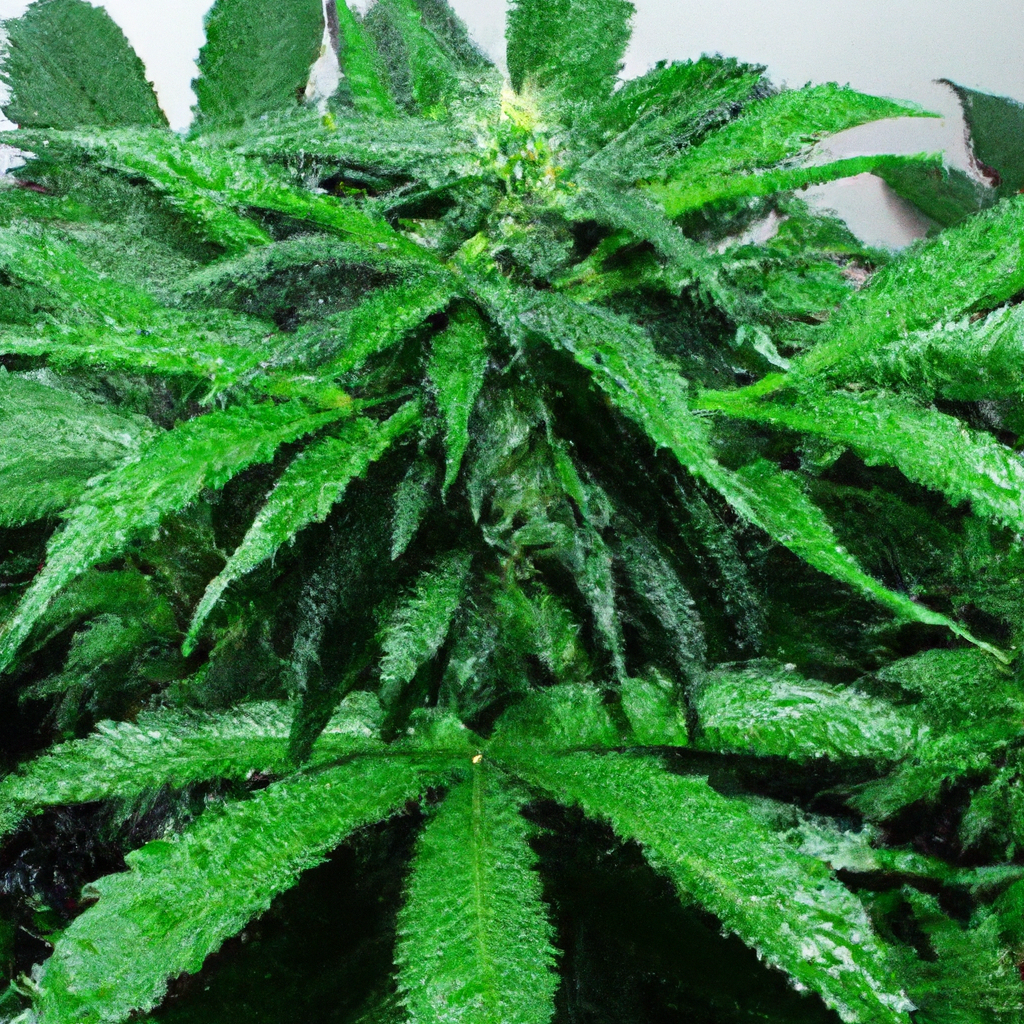
Growing cannabis successfully requires mastering effective watering techniques to optimize plant health and yield. This article delves into innovative methods such as capillary matting for even moisture distribution, drip irrigation for precise water delivery, smart sensors for real-time monitoring, and bottom watering to strengthen the root system. Addressing challenges like overwatering and pH imbalance can…
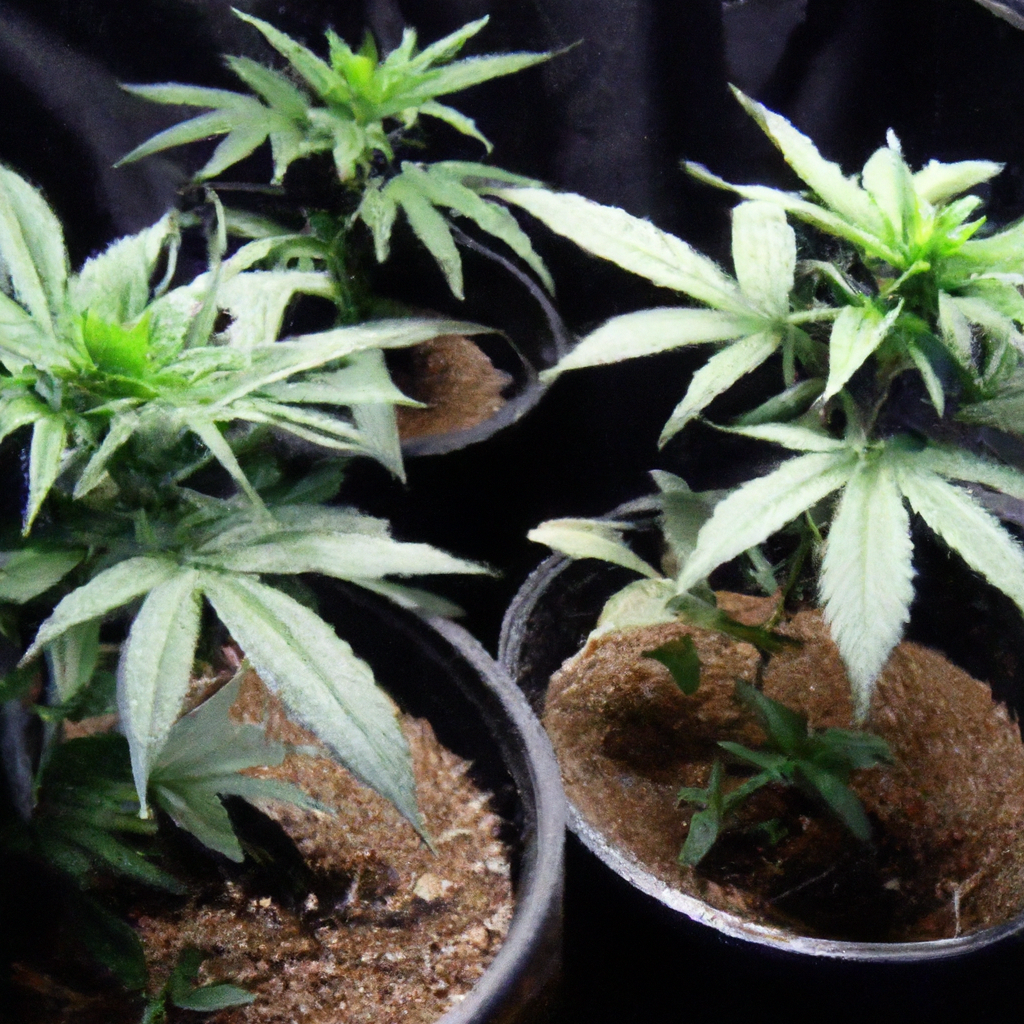
Growing cannabis successfully requires careful consideration of pot size, which influences the plant’s root health, nutrient uptake, and overall growth. Start seedlings in small pots (2-3 inches) to prevent waterlogging, then move them to 1-gallon pots for the vegetative stage, and larger pots for flowering—3-5 gallons for indoor and 7-10 gallons or more for outdoor…
